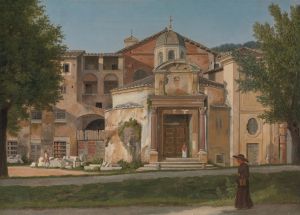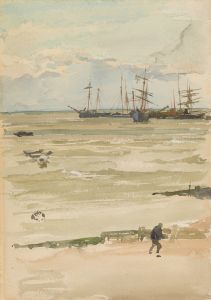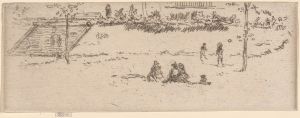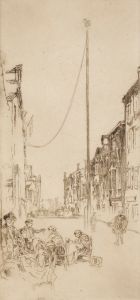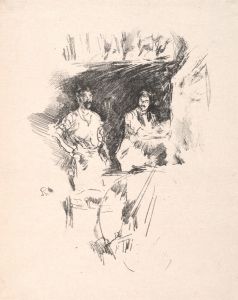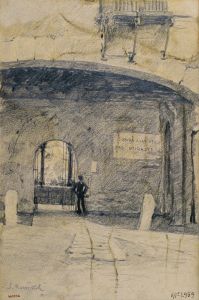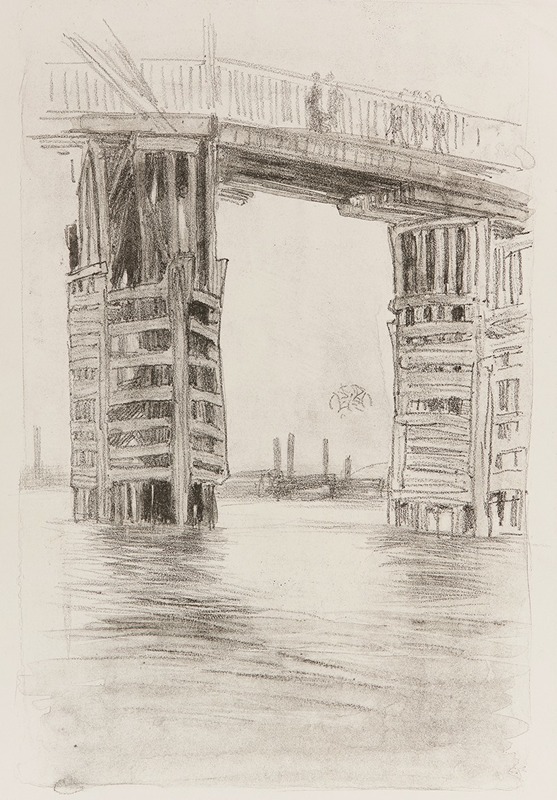
The Tall Bridge
A hand-painted replica of James Abbott McNeill Whistler’s masterpiece The Tall Bridge, meticulously crafted by professional artists to capture the true essence of the original. Each piece is created with museum-quality canvas and rare mineral pigments, carefully painted by experienced artists with delicate brushstrokes and rich, layered colors to perfectly recreate the texture of the original artwork. Unlike machine-printed reproductions, this hand-painted version brings the painting to life, infused with the artist’s emotions and skill in every stroke. Whether for personal collection or home decoration, it instantly elevates the artistic atmosphere of any space.
James Abbott McNeill Whistler was an American artist known for his significant contributions to the art world during the late 19th century. He was a proponent of the Aesthetic Movement, which emphasized the visual and sensual qualities of art and design over practical, moral, or narrative considerations. Whistler's work often focused on mood and atmosphere, and he was particularly known for his innovative use of color and composition.
"The Tall Bridge" is one of Whistler's lesser-known works, and unfortunately, there is limited information available about this specific painting. Whistler's oeuvre includes a variety of subjects, from portraits to cityscapes, and he often drew inspiration from his surroundings, particularly the urban landscapes of London and the waterways of Venice. His work frequently featured bridges, rivers, and other architectural elements, which he used to explore the interplay of light and shadow.
Whistler's technique was heavily influenced by his time in Paris, where he was exposed to the works of the Impressionists and other avant-garde artists. He was known for his "nocturnes," a term he used to describe his paintings that depicted scenes at twilight or night, capturing the subtle variations of light and color. These works often featured bridges and water, with a focus on creating a harmonious and atmospheric effect.
While specific details about "The Tall Bridge" are scarce, it is likely that the painting reflects Whistler's interest in capturing the essence of a scene rather than its precise details. His approach often involved a limited color palette and a focus on composition and form, creating a sense of balance and tranquility. Whistler's work was characterized by a delicate and refined style, which he achieved through careful brushwork and an emphasis on tonal harmony.
Whistler's influence extended beyond his paintings; he was also known for his writings on art and his role in the development of modern art theory. His famous "Ten O'Clock Lecture" articulated his belief in "art for art's sake," a philosophy that prioritized aesthetic experience over narrative content. This perspective was reflected in his work, including pieces like "The Tall Bridge," where the mood and visual impact were paramount.
Despite the lack of specific information about "The Tall Bridge," it is clear that Whistler's work continues to be celebrated for its innovative approach and its contribution to the evolution of modern art. His ability to capture the ephemeral qualities of light and atmosphere has left a lasting legacy, influencing generations of artists who followed.









